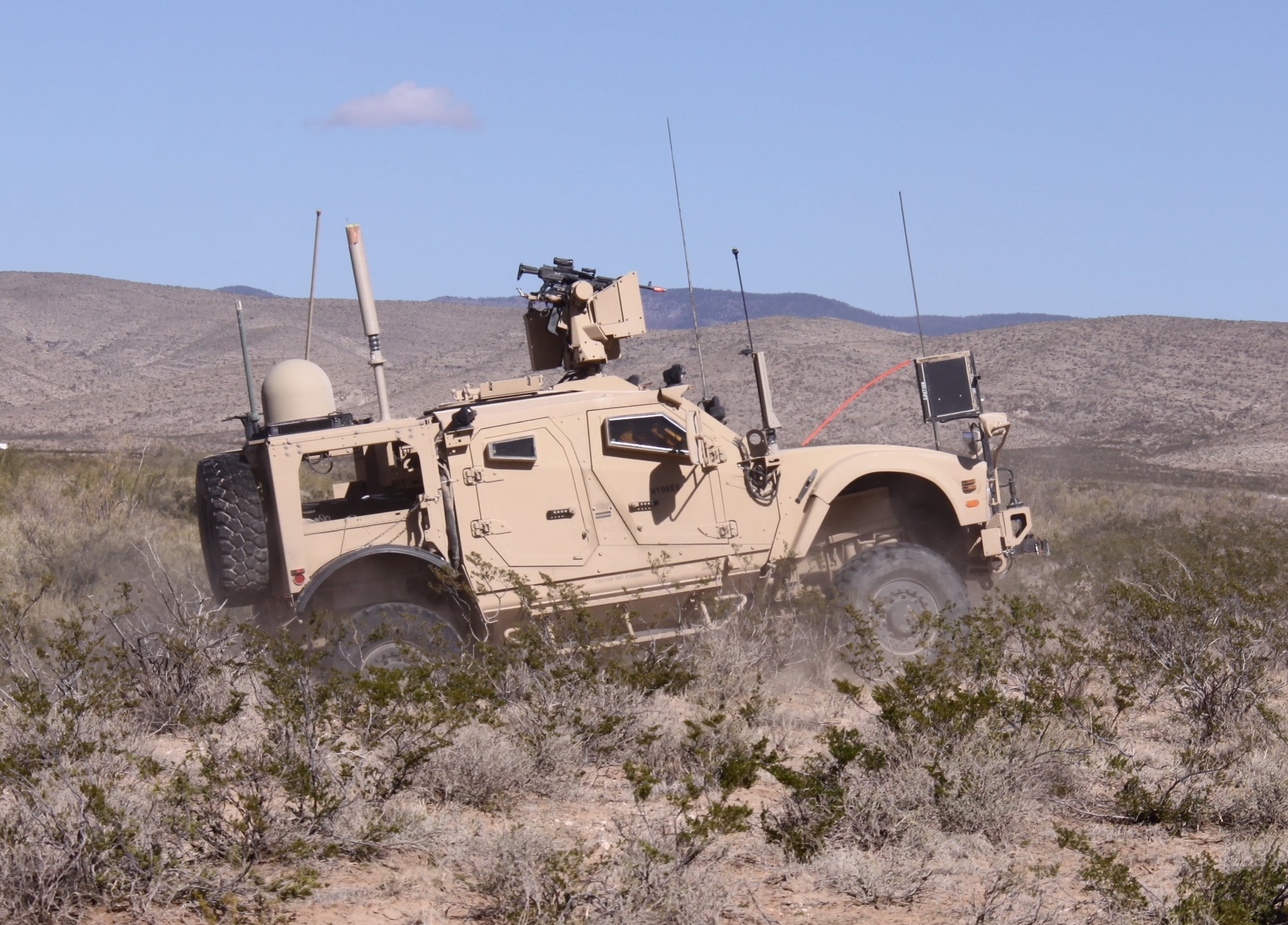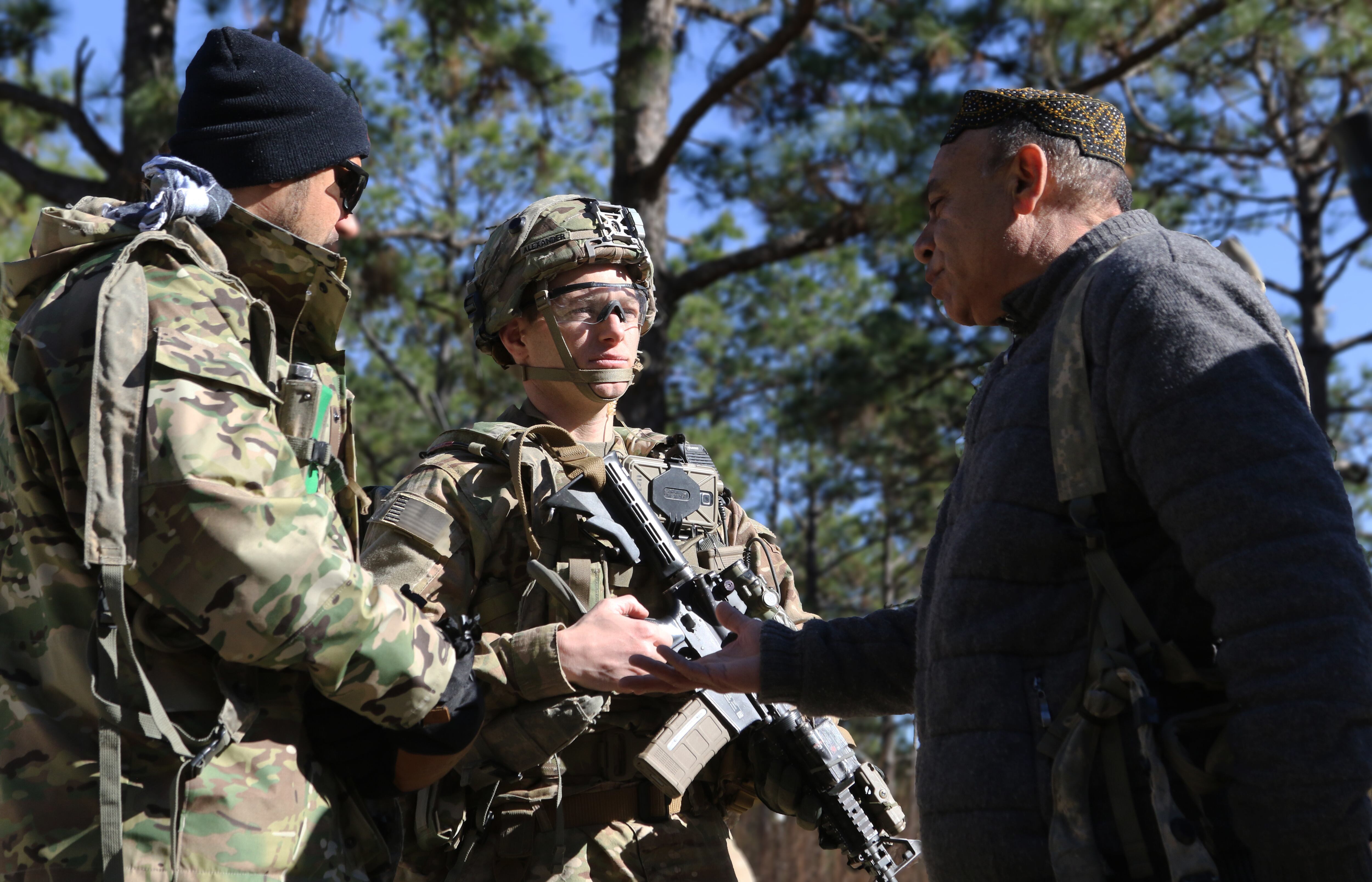The Army is undergoing a series of modernization efforts, not the least of which includes how it buys and fields network, communications and mission command capabilities.
“We’ve been on a modernization vacation,” Lt. Gen. Paul Ostrowski, principal military deputy to the assistant secretary of the Army for acquisition, logistics and technology, told an audience before the AFCEA Army Signal Conference in Springfield, Virginia March 7. “The culture of the Army is changing.”
The recent budget request for fiscal 2019 provides an opportunity to “get well,” he said
Part of this change relates to doing business differently and procuring systems on faster timelines to keep pace with commercial technology. Some Army leaders have noted in the past that the current acquisition structure is not optimized to take advantage of gains in the commercial world.
Ostrowski charted a familiar path: bring in more commercial companies, leverage non-traditional acquisition mechanisms such as Other Transaction Agreements to get away from Federal Acquisition Regulation, or FAR-based contracts, increase prototyping and experimentation.
In terms of specifics, Ostrowski pointed to the new cross functional teams the Army established that line up with the chief of staff’s six modernization priorities and are designed to shrink acquisition and fielding timelines.
These teams, he said, are designed to draw the requirements process down to months as opposed to years.
A network solution?
In describing what the future network might look like, Ostrowski used smart phones as an example.
Folks open their phones and look at texts or emails from the night before, which is the data aspect of a radio, make a call to family or friends, which is the voice aspect, watch television through an application, which is full motion video aspect, all done in a WiFi environment that can seamlessly transition from WiFi to 3G or 4G.
“Why is it that we can’t do the same thing for our soldiers,” he asked. “How many countries are putting in landlines? Nobody. Why? They go through cell towers. So the question is who is going to create the first transport layer that the Army can use that goes beyond cell towers?”
This future capability would have to provide radios to tap into all the available networks seamlessly to include small satellites or some other innovative solution to get after the ability to reliably communicate seamlessly anywhere in the world anytime.
“We have to, at the risk of failure, get after the next generation transport layer so that we’re not caught flat footed and we’re ready for the next fight,” he said.
Help from Congress
Ostrowski also said he needs help from Congress in the way of flexibility in funding “in an environment where IT is exploding in terms of the capabilities being provided.”
“Right now I have program element lines that say I’m going to buy ‘x’ number of widgets,” he said. “If I want to change any of that in order to go after speed to market, I have to do this thing called above threshold reprogramming in order to go after getting funds in order to take advantage of speed to market. I need congressional help to do that. I’m letting the Hill know.”
OTAs are also helping in that they get around the FAR and allow for greater direct dialogue with industry as opposed to months of written correspondence that “gets you nowhere” in the current FAR-based system.
“We need some first downs. We want the touchdown, but you don’t get there very often unless you make some first downs,” he said in regards to near and mid-term solutions the Army is chasing, acknowledging they can’t get to the end state right away, they must address the pressing operational needs in the interim.
RELATED

Referencing another Army buzzphrase – adapt and buy – Ostrowski said the Army has looked at what has been done across other services and other executive branch agencies to see what they can take advantage of. The service found some capabilities in the special operations community that it liked and adapted.
There’s also been opportunities with the Security Force Assistance Brigades, a new, specialized brigade within the Army designed solely to conduct advise and assist missions overseas, to “bring that capability in, to experiment with it, to continue to prototype it and trying to get after fixing what we currently have,” he said.
RELATED

The Army put a “new capability in their hands, played with it, perfected it along with the 82nd Airborne and next thing you know we’ve got some potential fixes,” he said adding this is “exactly what we need to do.”
The service is also looking into anti-jam antennas, Ostrowski said.
“Some of these things are reachable now and can be rolled in – potentially and perhaps – to our objective network,” he said.
Another Army leader at the conference indicated progress might really begin to take place in the early 2020s.
“You’ll see in that that there’s a balance beginning to occur between readiness end strength and modernization around the 2022 timeframe,” Maj. Gen. John George, director of force development in the Army’s deputy chief of staff G8. “If you think about the future as we approach ‘21, ‘22, that’s an opportunity of us to really make the turn and start modernizing our force with leap-ahead technologies.”
Mark Pomerleau is a reporter for C4ISRNET, covering information warfare and cyberspace.








